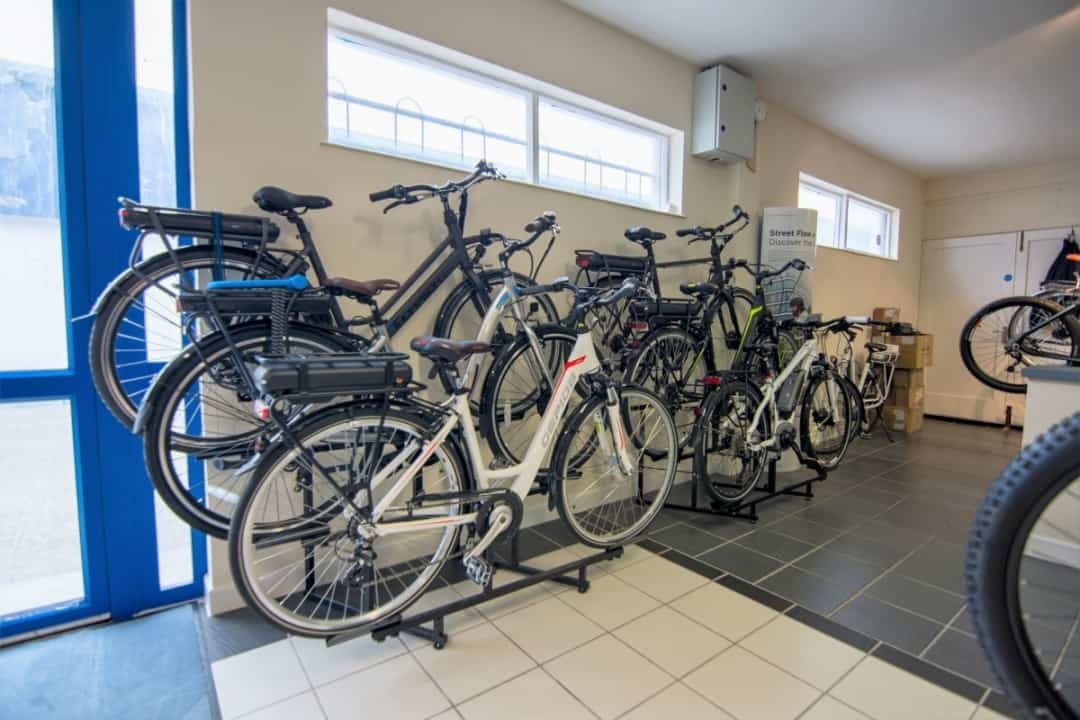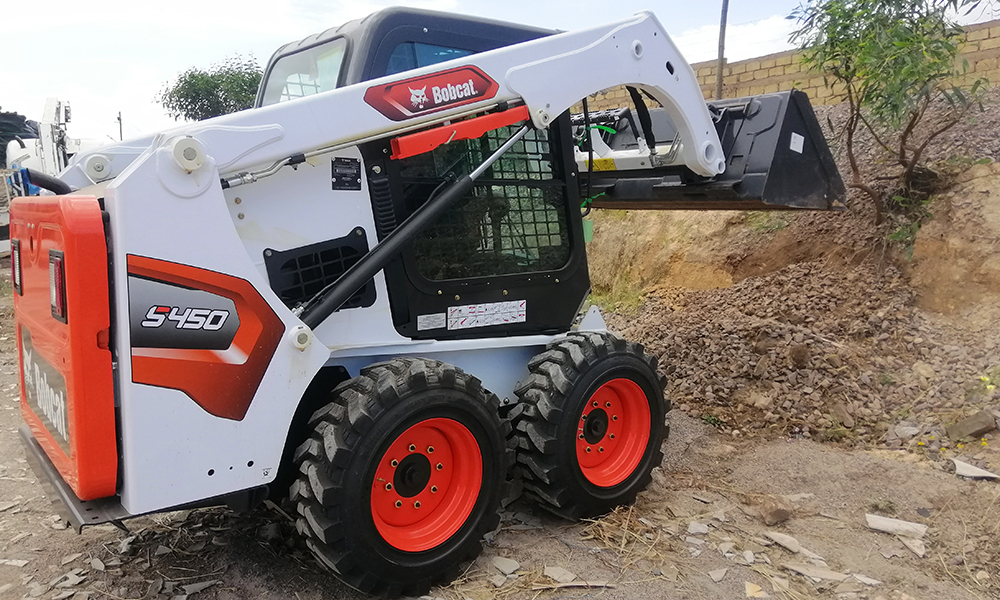In recent years, electric bicycles, or eBikes, have emerged as an increasingly popular alternative mode of transportation. They effortlessly combine the physical activity of traditional cycling with the ease and speed facilitated by electric assistance. However, one glance at the market, and potential buyers will note a wide range of price tags. So, what exactly goes into determining the cost of an eBike? Let’s delve deep and decode the mystery behind the price tag.
Component Quality and Branding
It’s no secret that the quality and brand of the components used can substantially affect an eBike’s price. From the frame material to the quality of the brakes, high-end components often come at a premium. Established brands might have higher prices, but they also often guarantee quality and provide better after-sales service.
- Frame Material: Aluminum frames are lightweight and reasonably priced, while carbon fiber frames, being even lighter and more robust, come at a higher cost.
- Brakes: Disc brakes, especially hydraulic ones, are more effective than traditional V-brakes but come at an added cost.
- Transmission System: A high-quality gear system can add to the price but offers smoother transitions and longevity.
Battery and Motor
The heart of any eBike lies in its battery and motor. These two components often play a significant role in the overall cost of the eBike.
- Battery Capacity: eBikes with higher battery capacities can travel longer distances on a single charge, making them pricier.
- Motor Power: Motors that offer more power and torque can provide higher speeds, and as expected, they come with a heftier price tag.
Technology and Features
Modern eBikes come equipped with a plethora of features that can impact their cost:
- Display Panels: High-resolution display panels that provide real-time data and connectivity features can add to the cost.
- Smart Features: GPS, mobile connectivity, and theft-deterrent systems can elevate the price.
- Customizability: eBikes that offer more customization options in terms of design or performance can be pricier.
Warranty and After-sales Service
A longer warranty period and excellent after-sales service can add to the initial cost of the eBike. However, they offer peace of mind, ensuring that any potential issues with the eBike are taken care of promptly and efficiently.
Geography and Regulations
Location can also play a role in eBike pricing. Import duties, taxes, and local regulations can affect the final cost. Moreover, eBikes made with local components might be cheaper than those that rely heavily on imported parts.
For those who are particularly keen on understanding the intricate details of eBike pricing, visiting rydybikes.com can provide further insights. Additionally, if you’re pondering the question, “How Much Does an EBike Cost,” their detailed guide offers a thorough breakdown.
Parting Thoughts
Decoding the cost of an eBike is more than just looking at the price tag. It’s about understanding the various factors that contribute to the cost and determining which features and components align best with one’s needs and budget. As eBike technology continues to evolve, potential buyers can expect even more features and choices, ensuring that there’s an eBike out there for every rider and every budget.











Comments